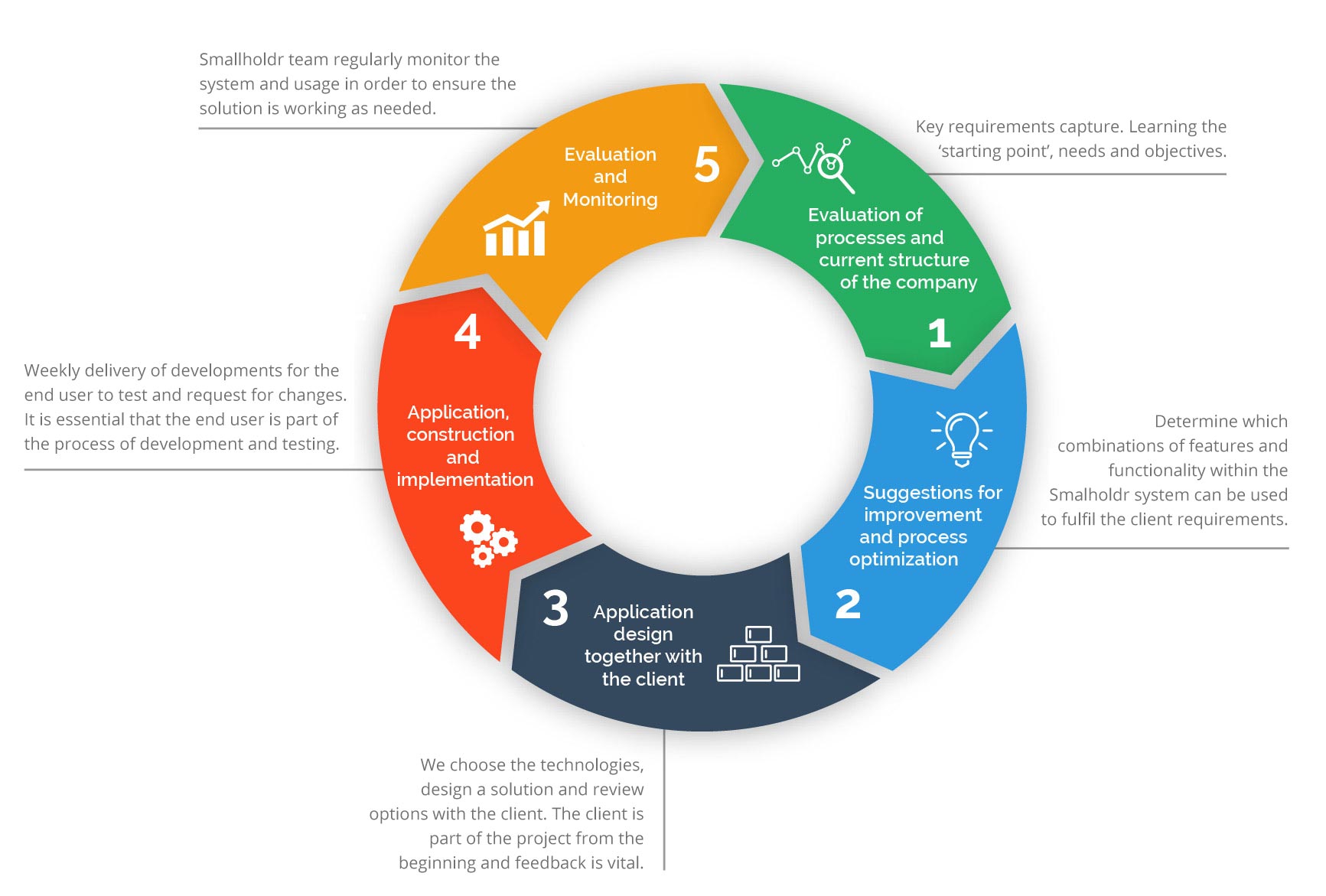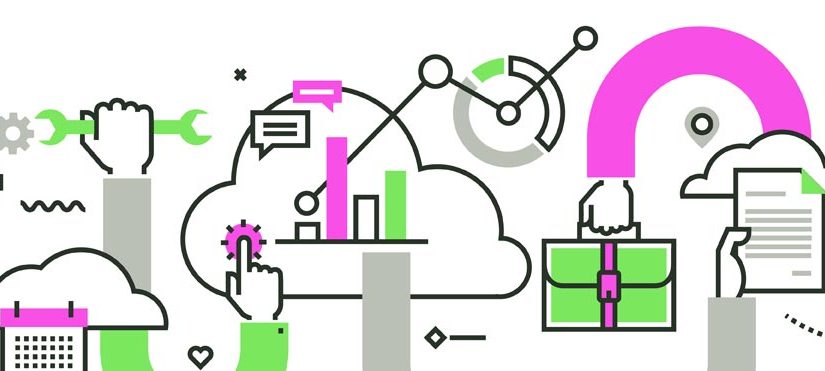At Smallholdr we want our clients to stay with us for the duration, and we believe that the groundwork we put in to get to know them in the beginning is the key to a long and happy relationship. The reason that outgrower (and other agricultural) digitisation projects often fail is down to poorly executed requirements capture and design. Modern mobile apps and intelligent software systems all help, but the user experience is paramount. For effective digital management of a smallholder scheme, we need to make sure that the most important problems are addressed for both the users of our app out in the field and for management / the organisation as a whole: this is the design challenge.
Intimacy is the best way to forge a lasting relationship
Our lead designer Kelechi explains how he makes sure he tailors our systems to the closest possible fit for our clients…
Getting to know you
When I first start speaking with a new client, I have a set of approximately thirty questions. My first aim is to learn 2 things.
- The core business profile: What is the nature of business? Input retailer, producer, offtaker or an NGO focused on improving the livelihoods of smallholder farmers? What is the size and scale? Geographical area? Size of the team? Volume of trade? Language? Currency? Key activities?
- The key pain points: What are the most pressing issues to solve? For some, it is a lack of visibility of field staff activity. For others, lack of real-time data or slow/inaccurate data capture, poor estimates/forecasting of harvests… the list goes on. At this stage, it is also critical to get a sense of the priorities for all the system users – the perspectives of farmers (as suppliers of data) or field staff/extension teams perspective are some of the most important.

This is a step-by-step process and it can’t be done in one go. I often speak to a company weekly for an hour at a time, taking in as much information as I can process and then stopping. Usually I find that this process challenges the client to think differently and re-evaluate their needs – this is hardly surprising as it can be difficult for them to anticipate what an agricultural data management system should / could do when they have not (normally) had one before.
As well as using interviews, I may also send clients spreadsheets to collect user information and other key data which we may need to import. We use cloud-based project management and file sharing applications to facilitate this process and many of our documents are ‘live’ documents which we encourage clients to comment on and contribute to. Once I have gained an understanding of a client’s needs, I start playing these back through wireframes and a design specification report.
From here I use ‘sprints’ to design and test each of the system’s features (note that this is the ‘agile’ approach to project management which is best suited to software development).

Each key function goes through this cycle at least once before it is finalised. Often it takes a full season to test a whole outgrower software system, and I keep listening to client feedback and tweaking where needed. It’s very much an ongoing process and we provide this as part of our service as standard. However, after a full season, the system will be in a stable state and further changes will be minimal unless their are new needs from the client. When this does happen it is usually because the more the client uses our technology, the more they can see what is possible!
Listening is the most important skill of all
If I had to choose the three most important competencies needed for requirements capture, they would be listening, the ability to design, and a thorough understanding of our product’s capabilities and its future roadmap. As a practical example of how good design can make a difference, we have helped reduce survey completion times by 75% by redesigning data collection forms using the ‘smarts’ in our system or capturing GPS data in the background instead of interrupting user workflow to capture location information.
In summary, for a long and happy partnership, we advise clients to simply work closely with us to provide details of their operations so we can design and build a well-fitted system. There is no need to bring in consultants to act as intermediaries, nor for clients to visualise dashboards or app screens. Let us use our expert knowledge of the software and it’s capabilities and user-friendly design to implement the best possible solution. At Smallholdr our agile approach and focus on requirements capture are key to delivering process efficiencies that save time and money for our clients.
